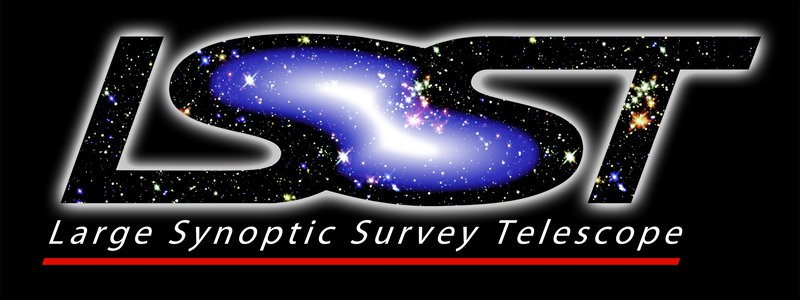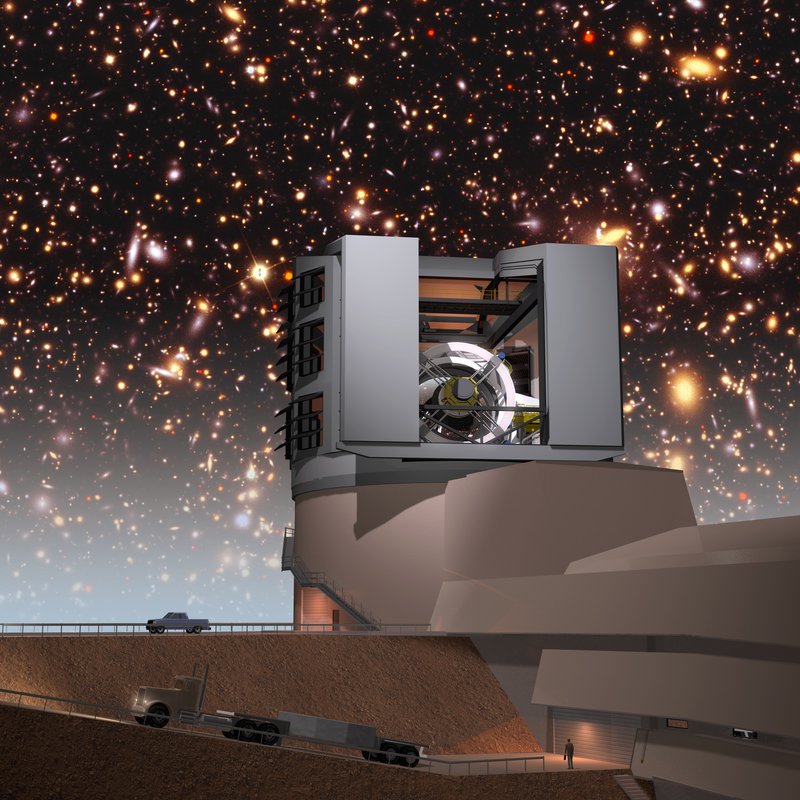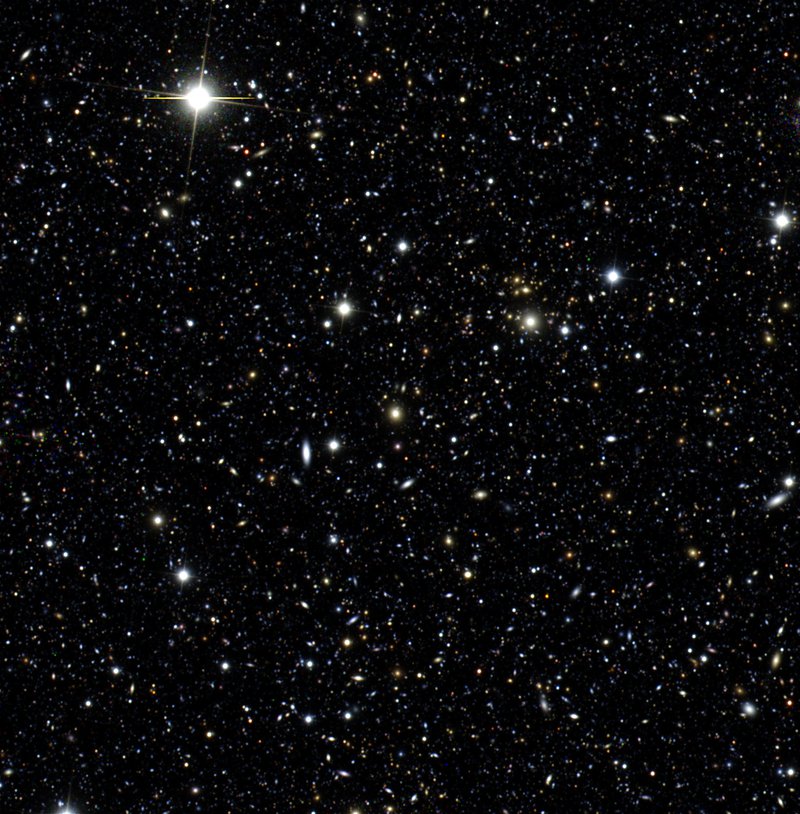Observatorij Vera C. Rubin
Vera C. Rubin Observatory, former LSST, will be a ground-based optical telescope intended specifically for a wide field survey of dynamic sky. It will be large, since it will have a 8.4 meter primary mirror and one of the largest digital cameras in the world. A single exposure will cover a field of size around 9.6 square degrees on the sky, which is equal to 49 full Moons. It will also have the largest data set in the world, collecting around 15 TB of data per night.

The facility is currently under construction at the Cerro Pachon ridge in northern Chile. The telescope is expected to see the first light in 2021, but start its full operations in 2022. It is expected to continuously monitor approximately half of the whole observable sky for 10 years. The LSST will image billions of stars and galaxies in six optical bands (u, g, r, i, z and y) to amazing depth. With the large collecting area it will be able to achieve very faint magnitudes, up to 24.5 in r band in a single exposure, and up to 27.5 in co-added images. The automated observing strategy will allow mapping of the entire sky in just a few nights, which will enable tracking the time evolution of the objects in the sky, thus producing a real-time “movie” of the changing universe.

The facility is currently under construction at the Cerro Pachon ridge in northern Chile. The telescope is expected to see the first light in 2021, but start its full operations in 2022. It is expected to continuously monitor approximately half of the whole observable sky for 10 years. The LSST will image billions of stars and galaxies in six optical bands (u, g, r, i, z and y) to amazing depth. With the large collecting area it will be able to achieve very faint magnitudes, up to 24.5 in r band in a single exposure, and up to 27.5 in co-added images. The automated observing strategy will allow mapping of the entire sky in just a few nights, which will enable tracking the time evolution of the objects in the sky, thus producing a real-time “movie” of the changing universe.

In 2017 University of Nova Gorica became a member of the LSST project. We are involved in studying the performance of the telescope before its actual operations with the LSST simulation framework. We are particularly interested in detection rates of rare transients, such as Tidal Disruption Events (TDEs) and (strongly) lensed supernovae (SNe) of all types. Since the LSST will discover a large number of transients every night (~10 000) we also study what will be the best methods to recognize TDEs and lensed SNe out of large sample of observed objects.
Image credits: LSST Project/NSF/AURA
